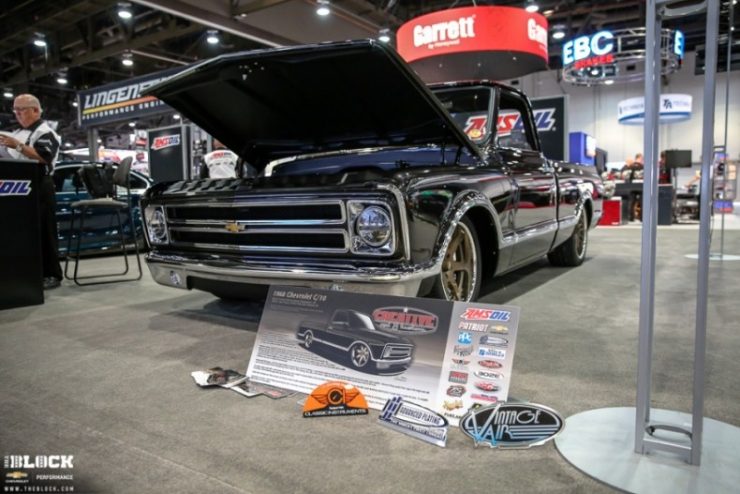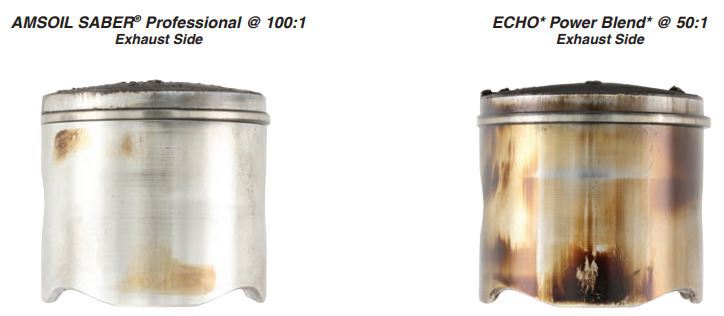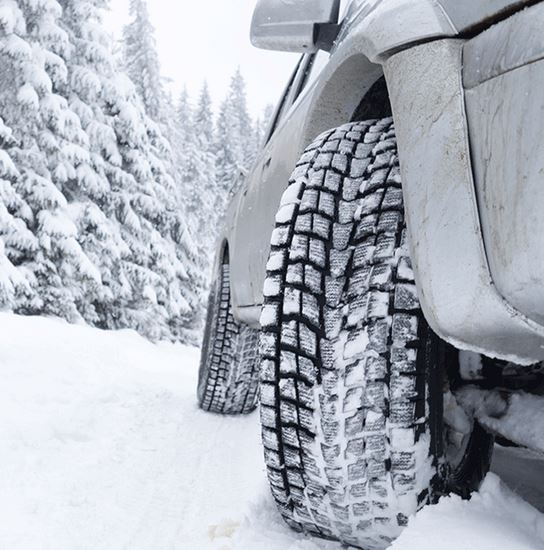Only Motorcycle Oil Should be Used in your Bike?
Impressive performance happens when you are using the right oil in the right application.
Len Groom | TECHNICAL PRODUCT MANAGER, POWERSPORTS
The results of a study from lubricant additive manufacturer Infineum* caught my eye recently. A survey of 1,000 bikers revealed that fewer than 60 percent are using a motorcycle specific oil in their motorcycles. Interestingly, more than three quarters of respondents think they’re using a motorcycle oil. Clearly there’s confusion in the market that requires clarification.
Let’s start with why you should always use motorcycle oil in a motorcycle engine. I’ll boil it down to five key reasons.
1) Motorcycles run hotter
In general, automotive engines are water-cooled. A typical automotive engine can reach 235ºF (113ºC) during operation, which is plenty hot. Motorcycles, however, run even hotter, particularly big, air-cooled V-twins, like your average Harley Davidson. They rely on air flowing across the engine for cooling, which is inherently less efficient at dissipating heat. This configuration poses additional challenges in stop-and-go traffic when there’s little airflow, particularly on hot summer days. In fact, testing of a 2012 Harley Street Bob in our mechanical lab demonstrated an average cylinder head temp of 383ºF (195ºC).
Heat that intense causes some oils to thin and lose viscosity, which reduces wear protection. High heat also hastens chemical breakdown of the oil (called oxidation), which requires you to change oil more often. In extreme cases, the bike’s temperature sensors can shut down the engine if it gets too hot.
Many brands especially sub-par OEM brands may shorten your engines life.
2) High rpm destroys lesser oils
Motorcycles tend to operate at engine speeds significantly higher than automobiles. Your average metric sport bike easily eclipses 10,000 rpm. Some have even pushed 20,000 rpm. Your car or truck’s redline doesn’t even come close. The hydrocarbon chains get ripped to shreds.. You can feel the after-effects through the peg and handle bars.
High rpm places additional stress on engine components, increasing the need for wear protection. It subjects oils to higher loading and shear forces, which can rupture the lubricant film and reduce viscosity, both of which increase wear. High rpm also increases the likelihood of foaming, which can reduce an oil’s load carrying ability, further inviting wear.
3) Increased power density = increased stress
Motorcycle engines produce more horsepower per cubic inch than automobiles. They also tend to operate with higher compression ratios. Increased power density and compression lead to higher engine temperatures and increased stress. This places greater demands on motorcycle oil to fight wear, deposits and chemical breakdown. In many cases the oil capacity is low which alters the need for adjusted additive ratios.
4) Must also protect transmission – prevent viscosity loss
Many motorcycles have a common sump supplying oil to both the engine and transmission. In such cases, the oil is required to meet the needs of both the engine and the transmission gears. Transmission gears can shear the oil as it’s squeezed between gear teeth repeatedly at elevated rpm, causing some oils to lose viscosity. Many motorcycles also incorporate a wet clutch within the transmission that uses the same oil. Motorcycle wet clutches require a properly formulated lubricant that meets JASO MA or MA2 frictional requirements.
5) Storage invites corrosion
Whereas automobiles are used almost every day, motorcycle use is usually periodic and, in many cases, seasonal. These extended periods of inactivity place additional stress on motorcycle oils. In these circumstances, rust and acid corrosion protection are of critical concern.
While a good passenger car motor oil (PCMO) hits many of these performance areas, it doesn’t get them all.
PCMOs usually contain friction modifiers to help boost fuel economy. Furthermore, PCMOs don’t meet JASO MA or MA2 requirements. If used in a motorcycle, they can interfere with clutch operation and cause slippage. And no rider wants to deal with a slipping clutch. Likewise, motor oils have no natural rust or corrosion resistance. Instead, corrosion inhibitors must be added to the formulation, and typical motor oils don’t contain them although they should.
AMSOIL Synthetic Motorcycle Oil is designed for the unique demands of motorcycles. It’s formulated without friction modifiers for precise, smooth shifts. It also contains a heavy dose of corrosion inhibitors to protect your engine against rust during storage. And it’s designed to resist viscosity loss due to shear despite intense heat and the mechanical action of gears and chains.
Ensure your customers are using AMSOIL synthetic motorcycle oil in their bikes for the best protection this riding season.









